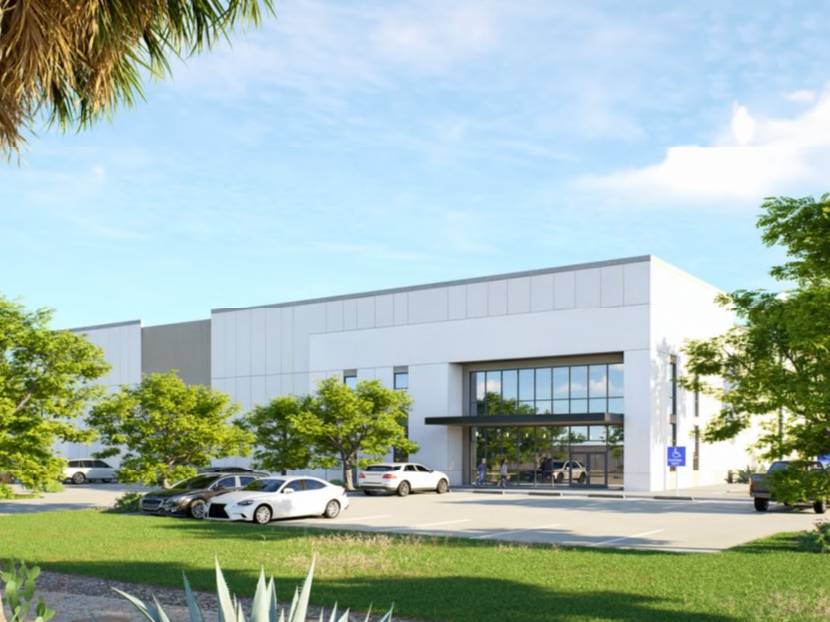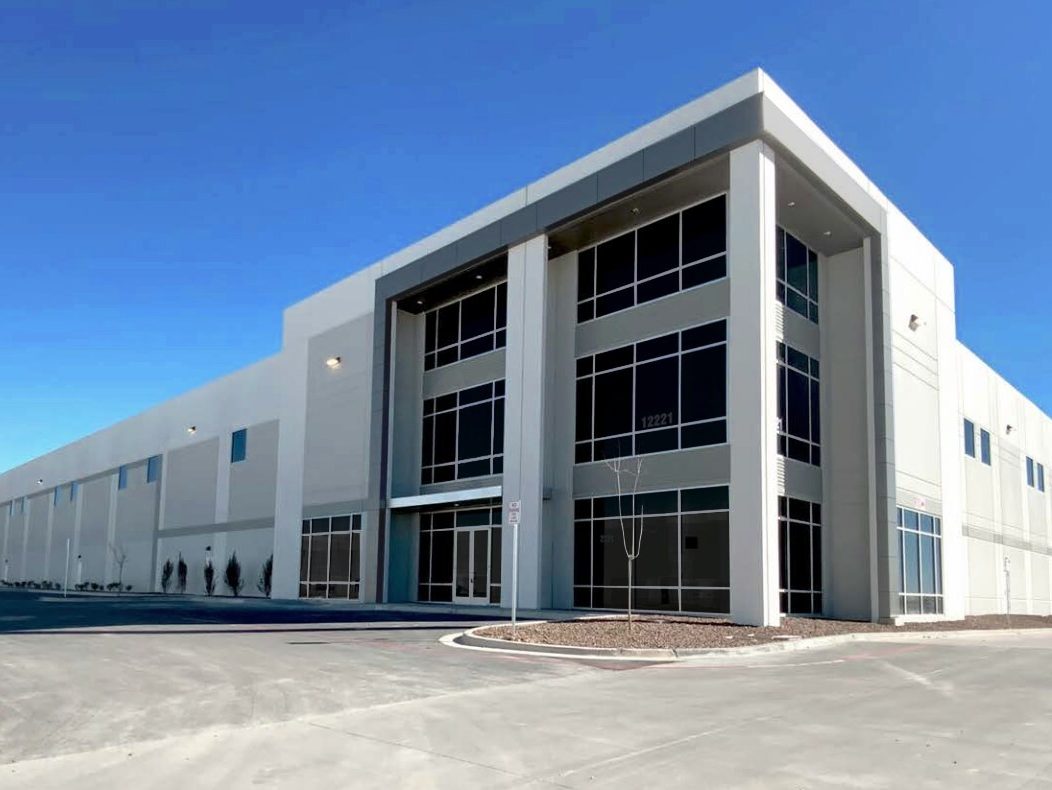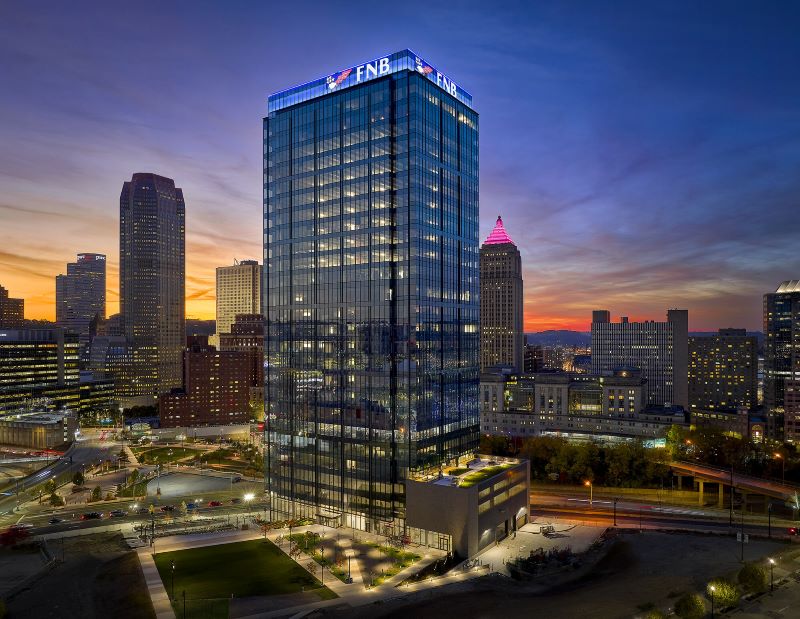Reimagining Industrial Space
When demand is high and space is limited, creativity is essential, according to Farbman Group's Nathan Casey and Wendy Acho.
One of the most significant trends in commercial real estate over the past few years has been the strength of the industrial sector. An already robust industrial market has been even more competitive against the backdrop of a global pandemic.
Whether it is more storage or manufacturing space, or more advantageous locations, industrial space remains in high demand. The boom in industrial space reflects larger and likely more durable societal trends and evolving consumer preferences, so there is little reason to think that the industrial market will slow down any time soon.
Inevitably, strength leads to scarcity; and high demand creates short supply. In markets like Detroit, industrial occupancy numbers have been hovering up around 97-98 percent with quality space in desirable locations not just at a premium, but virtually impossible to find in some cases. Consequently, real estate decision makers and their broker partners have been forced to get creative and find alternative sites and solutions for industrial property that meets their needs. At a time when demand is at an all-time high and warehouse space is extremely hard to come by, especially in condensed urban areas, creativity isn’t just helpful, it’s essential.
Whether it’s through the adaptive reuse of asset classes that include former school buildings, retail big boxes or shopping malls, the industrial sector is also in a reimagining phase. The insatiable demand for available space cannot meet the unprecedent growth and lack of new deliveries in the industrial sector. As one of the best performing sectors, industrial owners and users are reexamining their existing industrial spaces and leveraging unique solutions to maximize current warehouse space. Commercial real estate opportunities in markets with low industrial inventory need to not just be found, but sometimes created. What follows are a few tips and best practices for how to make that happen.
No place like home
Sometimes the industrial space you need might be closer than you think. In many cases, the best solution to finding new industrial space is to make better use of the space you already have. When it comes to increasing your industrial square footage, the most cost-effective and practical option might be to maximize/optimize current space. Consider redesigning and reconfiguring existing square footage or cannibalizing existing or adjacent assets. The latter option has become more viable for some brands and businesses that have made a permanent or hybrid shift to a remote work model.
Adaptive reuse
While COVID has certainly accelerated the industrial boom that has made quality space hard to find, one increasingly popular solution in markets with low industrial inventory is to convert existing (and often underutilized) office space into industrial space. Two-story offices spaces are a natural fit for being removed and replaced with high-ceiling industrial. The challenge in executing such a change isn’t just about design and development, but also about the ability to work closely with landlords and municipalities to facilitate the use change.
Other, more traditional repurposing options, such as vacant big box spaces, are obviously a popular option for industrial conversion. We have also seen brands, businesses, and brokers utilizing liquor stores and other retail uses that have a suitable footprint for industrial use. The key to any adaptive reuse scenario is to first recognize the features that make a space a good potential candidate for industrial. Property classes with ample parking, high ceilings, existing overhead doors, or cargo/delivery bays are essential—and can make a pivot to industrial a less costly and less time-consuming process.
Hit the bricks
With so few high-quality industrial spaces available, taking advantage of every potential opportunity becomes more important than ever. In many cases that involves putting in the time and effort to get to know contours of your market. That likely means a lot of driving—and consulting with specialists who know the industrial market intimately. Partner with industrial brokers with inside knowledge of the market landscape and the individual features on the landscape. The best professionals in this space know the players, the timelines and the opportunities that may be coming to market. They can tap into a deep and established network in the market; use that knowledge to your advantage.
Any port in a storm
Finally, recognize that there are limits to what you can do when it comes to finding traditional industrial options that meet your needs. There simply isn’t much space out there in many markets. Creative and alternative solutions that might not be ideal in a different environment might be the best option in today’s uniquely challenging market. That might mean utilizing outdoor space by constructing temporary or semi-permanent facilities. It might mean taking advantage of the fact that some larger warehousing and supply companies that have acquired more space than they need right now are offering sublease options. If the best traditional industrial space is 30 miles outside of town, it makes sense to explore non-traditional alternatives.
Even before the global pandemic, lockdowns, ecommerce and global supply chain disruptions, industrial tenants were faced with warehouse vacancies that remain at unprecedented lows and limited near-term new deliveries. The new reality of the market requires tenants to space plan much further in advance than ever before.
Finding creative solutions in a competitive market is as much about mindset as it is about skillset. Operators and their broker partners who are scrappy, creative, committed and relentlessly focused on finding new and different options are most likely to succeed despite the lack of current industrial supply.
Nathan Casey and Wendy Acho are industrial brokers at Southfield, Mich.-based Farbman Group, a leading full-service real estate firm with Midwest expertise. For more information, visit www.farbman.com.









You must be logged in to post a comment.